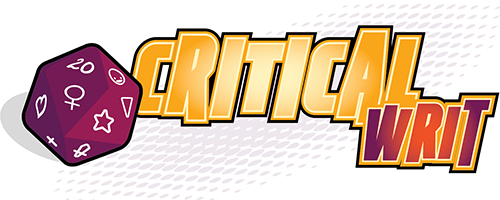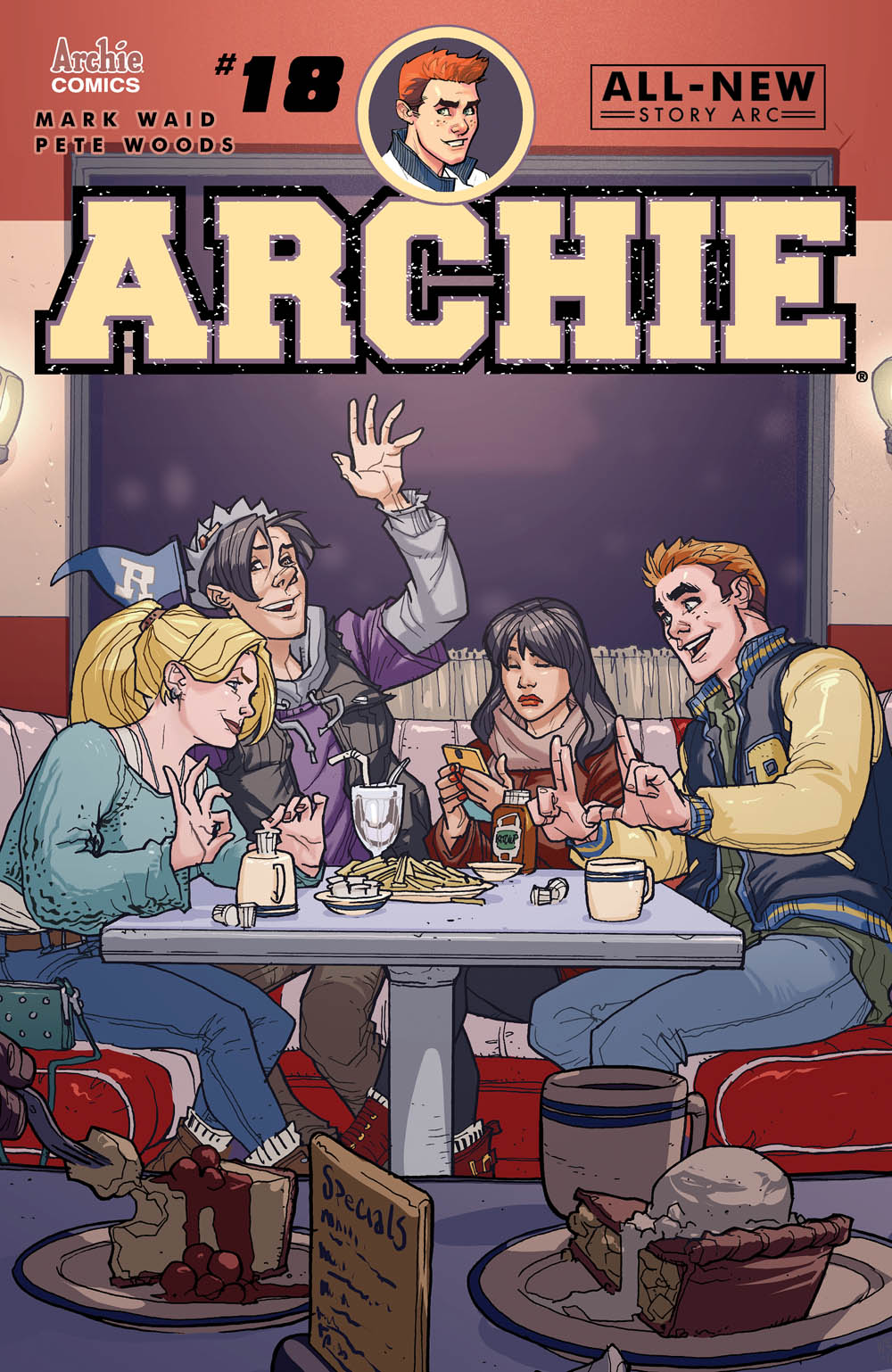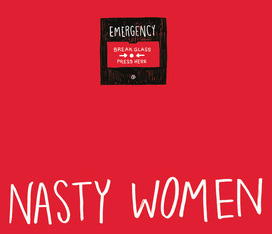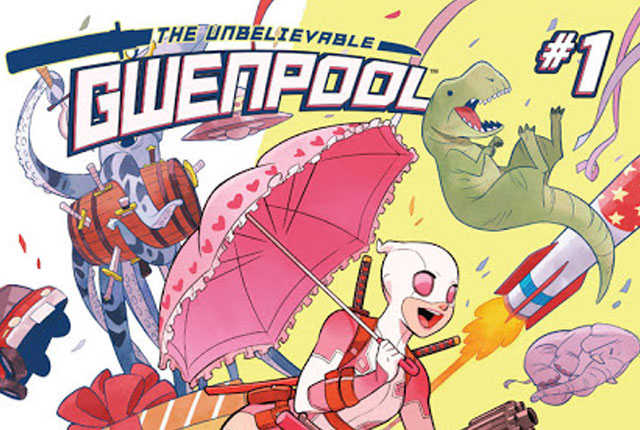That sound you heard last night was probably the sound of me squeeing in absolute delight for a solid hour of television.
Also, possibly, it was the sound of the tremendous amount of musical talent that you might not have realized exists in the Berlantiverse. And maybe even the sound of tap-dancing. Because, you guys,
there was tap-dancing in this episode!!!!
Spoilers over the fold.
As with the previous crossover episode this season which involved all four Berlantiverse shows, it's probably worth noting right off the bat that the plot of "Duet" was very simple, and if really want to be critical, kind of silly. Music Meister, who appears at the end of Monday's
Supergirl episode and "whammies" Kara unconscious, shows up on Earth-1 and whammies Barry as well. Later, Music Meister tells both our intrepid heroes that he's just there to teach them a lesson, and oh yeah, don't die in the dream world because you'll die in the real world too.
The "lesson" for Kara and Barry to learn is about love, which, if you're not interested in the silly romantically-contrived drama this season, may cause you to roll your eyes. Certainly
I hit The Flash hard for it's CW-soap-opera-esque decision to play the "will they/won't they" game, with an honorable mention going to
Supergirl for the same predictable melodrama between Kara and Mon-El. I will say that at the very least,
Supergirl didn't drag the drama on for very long. We all knew the melodrama was going to happen, but it didn't happen until this past Monday's episode, wherein Kara discovers that Mon-El has been lying to her about his real identity as Prince of Daxam all this time, so she decides she simply can't be with him, or have anything to do with him. Meanwhile, Barry decided last week that he couldn't be with Iris because reasons, and that was after she had called off the engagement the week before that, because reasons.
I would be remiss if I didn't
link to a post (again) at the Fandomentals blog about the problematic nature of the Mon-El and Kara romance. It's worth a read for sure.
Okay, so what all of the criticism out of the way, let's get real here about musical episodes. Unless you're
Glee, the only reason to have a musical episode is a) because the fans would love it, and b) because it's fun, and c) because if your cast has the talent, it would be wasteful not to. Sometimes it doesn't work out (looking at you,
Grey's Anatomy), but sometimes it goes down in history as being one of the most memorable things about a show (full confession: I still sometimes play the soundtrack to "Once More With Feeling," the
Buffy the Vampire Slayer musical episode, in my car).
Considering all the musical talent present in at least some members of every Berlantiverse cast, maybe the real surprise is that a musical crossover didn't happen sooner. Either way, and despite the simplistic nature of the plot, "Duet" delivered in a big way. It was visually gorgeous, between all the costumes and hair, and of course it was such a pleasure to hear the pipes on some of these actors, in all their full glory.
 |
| Costuming and hair, especially for Iris and Kara, were on-point here! |
So basically, Music Meister traps Kara and Barry in a dream world where they are in fact in a musical, and they don't have their super powers. They have to play along with the plot and see it through to its conclusion if they want to get out. Meanwhile, back in the real world, Mon-El and J'onn crossover into Earth-1 to seek the help of Team Flash, bringing an unconscious Kara with them.
There is a little bit of action out in the real world, as J'onn, Kid Flash, and Vibe team up to capture Music Meister. There's a small sideplot involving Kid Flash being freaked out now about the superheroing thing after Savitar messed with his head, and Music Meister even taunts him about being scared, but ultimately, bolstered by his teammates, Wally gets it together.
The real action is happening in the dreamworld, of course. We start with Barry entering the dreamworld just as Kara is pulling off a beautiful number on stage at a nightclub set in the roaring 20s. Music Meister appears to tell them how the game is played, and there is another musical number that features Carlos Valdes (Cisco) and Jeremy Jordan (Winn) and Music Meister himself (Darren Criss).
 |
| I did not know this, but Jeremy Jordan (Winn) is a young broadway star. The hell is he doing playing the dork on Supergirl? |
Then you've got the actual stage legends in the form of Jesse L. Martin (Joe West) and Victor Garber (Martin Stein on
Legends of Tomorrow), who play the two dads of Iris' in-dream character Millie. Yes that's right,
The Flash just slipped in a gay romance we didn't even know we freaking needed, but we so totally do. Anyway, Martin and Garber belt out "More I Cannot Wish You" from
Guys and Dolls, along with the third stage legend in this episode, John Barrowman, who plays the rival father and gangster.
 |
| I accept this new head cannon |
Millie, aka Iris, is secretly in love with the son of the night club owner, and that son is played by Mon-El. So yeah, we had Iris West and Mon-El in love, and neither Barry nor Kara were very happy about it. But they had to move the romance plot forward if they want to get out of this
West Side Story knock-off.
Guys. GUYS. There's a tap-dance sequence, which Grant Gustin freaking
nails. I was sitting on my couch literally squeeeing with sheer joy. This sequence featured Barry and Kara singing a silly Rachel Bloom (of
Crazy Ex-Girlfriend) piece called "Super Friends," and it was super fabulous.
 |
| Photo credit: Vanity Fair/CW |
Ultimately, when Barrowman, Martin, and Garber get into a gangster shootout because they don't want their kids dating, Barry and Kara get caught in it and get shot, despite Music Meister's warning that they can't die in the dream world. Prodded along by Music Meister, Iris and Mon-El have to go save their sweeties by vibing into the dream world and giving the kiss of true love. I swear to God I'm not making this up.
Hokey as hell? Yes! All the yes! But it was so...
joyful.
The lesson Kara and Barry learn has something to do with love and forgiveness (I told you the plot was kind of thin). Music Meister, who apparently has channeled all of us in being sick of the will they/won't they, is pleased that they seem to be in love again, and so his job is done.
I mean, it remains to be seen how Kara and Mon-El will fix things, although Kara was probably on the right track when she threatened to geologically drop a mountain on him if he ever lied to her again. But Barry and Iris have fully resolved their differences here, because at the end of this episode, we get one final musical number, this time in the real world. Barry serenades Iris with a beautiful piece written by
La La Land's Benj Pasek and Justin Paul called "Runnin' Home To You" as he presents her with the engagement ring once more.
If you're not into romance or musicals, the final scene was probably way too sugary-sweet for your tastes, and the rest of the musical numbers probably annoyed you. But then again, maybe not. My husband is no fan of musicals (how did I marry this man, when I adore them?), but he wasn't greatly bothered by this episode. It will probably never be his favorite episode, but it didn't cause him to leave the room.
But if you're like me, and you love musicals
and think that Kara and Barry are the most adorable superheroes ever, then this episode will probably make you as happy as it made me. Because while it did nothing to move the Savitar plot, or any of the other story arcs in
The Flash this season, "Duet" was nothing but sheer, golden joy. I walked away from it feeling happy and delighted, a feeling I remember from watching
The Flash back in season one. After a dark season two, and an even darker season three, it's nice to know that this cast and these writers can re-capture it... once more with feeling.
The Flash airs on Tuesdays at 8/7c on the CW.
Ivonne Martin is a writer, gamer, and avid consumer of all things geek—and is probably entirely too verbose for her own good.
